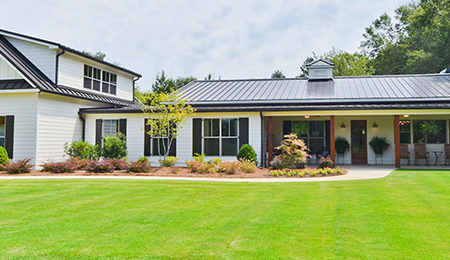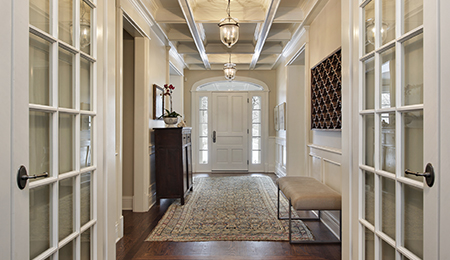What is radon? Radon is an odorless, tasteless gas that seeps up from the ground and is believed to cause lung cancer.
Oftentimes, when someone buys a new home, they want to have it tested for radon. Years ago, very few people tested for radon, and although it has become more common, it is still not common in our area, which is why I want to explain the testing to you today.
The EPA threshold for radon is 4 pCi/L (picocuries per liter). It is simple to test your home’s level—a home inspector will leave a test box in your home and it will sit there for two or three days, testing the air. If the results of the test are close to or above four, then you’re in potential danger.
If you buy a home, test for radon, and if you discover an elevated level of radon, you will need to install a radon mitigation system. The cost of the system varies from $1,500 to $2,500 depending on who puts it in.
Usually, homes with basements or slabs are more likely to have higher radon levels compared to homes with crawl spaces because crawl spaces have better ventilation and the gas can escape. A radon mitigation company will bore holes into the slab to create an air pocket and then pipe the gas into a fan that blows it through the top of the house. The fan does make some noise, but usually it is less than what you hear from your dryer vent.
So if you do find your dream home and discover that it has a high level of radon, don’t let it stop you from buying it, because it’s a problem that can be fixed.
If you have any additional questions about radon or if you’re interested in buying or selling, please feel free to reach out to me. I look forward to speaking with you soon.



